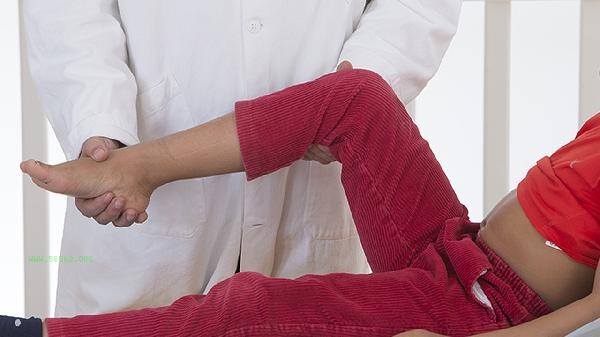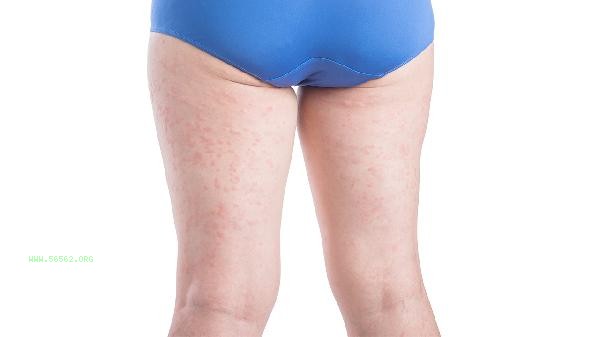The symptoms of recovery from thigh muscle strain mainly include reduced pain, decreased swelling, increased range of motion, recovery of muscle strength, and gradual normalization of function. Muscle strains in the thigh are usually caused by sports injuries, muscle fatigue, or external forces, and the symptoms gradually improve during the recovery process.

1. Pain relief
After a thigh muscle strain, the pain will gradually decrease with recovery. In the initial stage, it may be more intense, especially during activity or compression, and as the tissue repairs, the pain will gradually decrease. During the recovery process, pain may transition from persistent to intermittent, ultimately only experiencing mild discomfort during vigorous exercise. If the pain persists or worsens, there may be secondary injury or poor recovery, and prompt medical attention is necessary.
2. Swelling subsides
After being pulled, local tissue will swell, and the swelling will gradually subside during the recovery period. In the initial stage, it may be accompanied by skin redness or fever. As the inflammatory response subsides, the swelling area shrinks, and the skin temperature returns to normal. Proper ice application and raising of the affected limb can help accelerate the resolution of swelling. If swelling persists for a long time or recurs, there may be infection or other complications.
3. Increased range of motion
Muscle stiffness and restricted movement after strain are common symptoms, and joint range of motion gradually increases during the recovery process. In the initial stage, certain movements may not be able to be completed, but as muscle elasticity recovers, daily activities such as walking and going up and down stairs will become smoother. Progressive stretching and low-intensity exercise can help improve mobility, but it is important to avoid secondary injuries caused by excessive stretching.

4. Muscle strength recovery
After muscle strain, strength will significantly decrease, and muscle strength gradually increases during the recovery period. At the beginning, it may not be possible to bear weight or complete simple movements. As muscle fibers repair, strength training such as resistance exercises can help restore original muscle strength. Muscle strength recovery needs to be gradual, and early high-intensity training may delay recovery or worsen injury.
5. Function gradually returns to normal
After pulling a strain, motor function is restricted, and during the recovery period, function gradually returns to normal. In the initial stage, it may affect movements such as running and jumping. As symptoms improve, daily exercise and specialized training can gradually be resumed. Functional recovery should be planned based on individual circumstances to avoid premature return to high-intensity exercise. If functional recovery stagnates or abnormalities occur, it is necessary to evaluate whether there is incomplete healing of the injury. During the recovery period of thigh muscle strain, it is recommended to maintain moderate activity to promote blood circulation and avoid muscle atrophy caused by prolonged braking. Increasing the intake of high-quality protein in diet can help with tissue repair, such as lean meat, eggs, and legumes. In the later stages of recovery, low-intensity aerobic exercise such as swimming or cycling can be performed to gradually enhance muscle endurance and coordination. If abnormal symptoms or unsatisfactory functional recovery occur during the recovery process, professional rehabilitation physicians or sports medicine experts should be consulted in a timely manner to develop personalized rehabilitation plans.









Comments (0)
Leave a Comment
No comments yet
Be the first to share your thoughts!